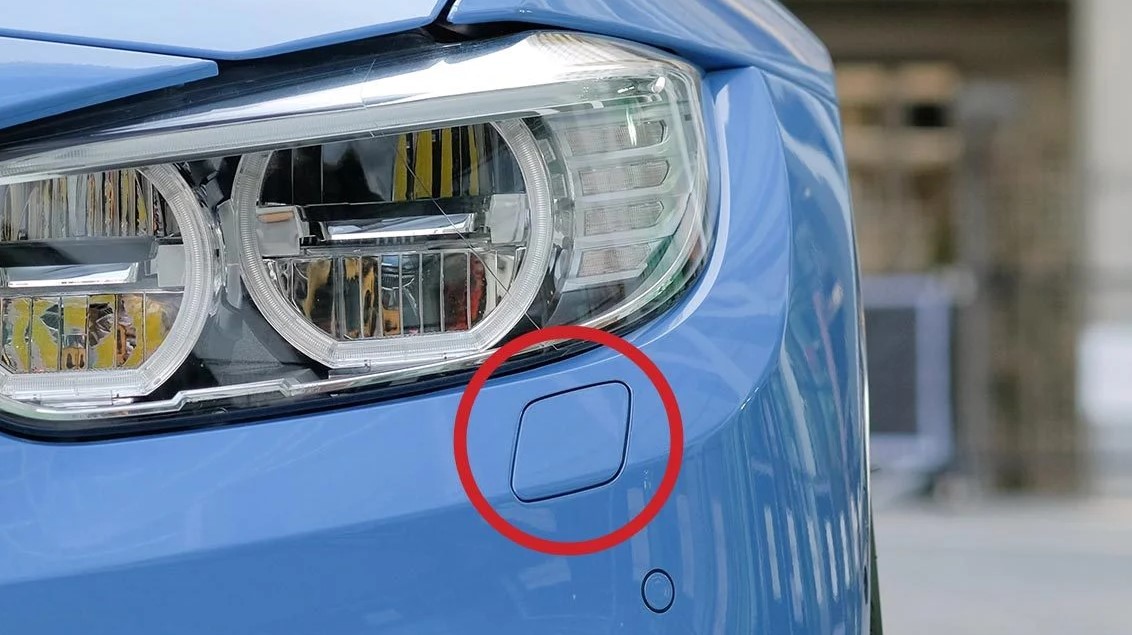If you’ve ever taken a moment to glance at your car’s front bumper, you’ve likely noticed a small, rectangular or square flap that seems to serve no obvious purpose. Perhaps you’ve thought it was merely a design feature, something that adds to the sleek, modern look of your car. But what if I told you that this seemingly insignificant panel actually serves a crucial function that could be the difference between getting stuck and getting back on the road safely? Sounds surprising, doesn’t it? Keep reading to find out why that little flap isn’t just a piece of plastic but an essential component hidden in plain sight.
Tow Hook Cover: More Than Just a Design Feature

So, what exactly is that small panel on your bumper? It’s a tow hook cover, designed to hide a threaded socket that’s critical for attaching a tow hook. Most people don’t realize that if they ever find themselves in a situation where their car is stuck in mud, snow, or they experience a breakdown, they could use this tow hook to safely tow the vehicle out of the jam. The reason for the cover? Well, it helps maintain the car’s sleek and clean design. Unlike rugged trucks that flaunt visible tow hooks, most passenger cars hide this functionality behind a small, inconspicuous panel. While this serves a design purpose, it also ensures your car stays intact when the need for towing arises.
Why You Should Care About the Tow Hook Cover

It’s easy to overlook something like a tow hook cover until you actually need it. Imagine driving down a snowy road when your car suddenly gets stuck. You’re in the middle of nowhere, and it seems impossible to get out. This is where that little panel becomes your lifeline. Without it, you’d likely be looking for a random car part to attach a tow rope to—something that could cause damage to your car. Instead, you can simply pop off the tow hook cover, screw in the tow hook, and attach a tow strap in the designated and secure area. It’s a simple, effective solution that helps keep your vehicle safe during a potentially stressful situation.
But it’s not just about convenience. Using the correct towing point, like the one hidden behind the bumper cover, helps prevent damage to delicate car parts such as the suspension, axle, or exhaust. These parts could be vulnerable to stress or bending if you were to attempt towing from the wrong places. The tow hook ensures that your car is towed correctly without compromising any of its critical components.
How the Tow Hook Works
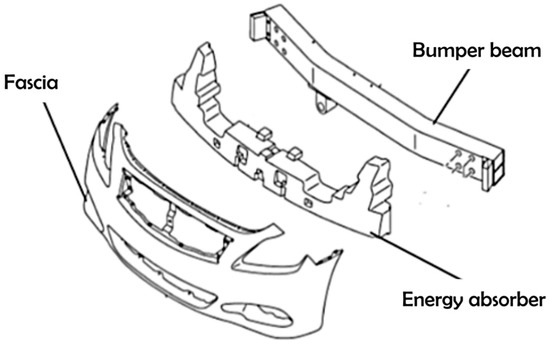
Most cars are equipped with a tow hook hidden behind the small flap on the front bumper. To use it, all you need to do is follow a few simple steps. First, locate the flap, which is often a small square or rectangular cover, and gently pry it off using a flathead screwdriver or your hands. Once the cover is removed, you’ll find a threaded socket designed specifically for the tow hook.
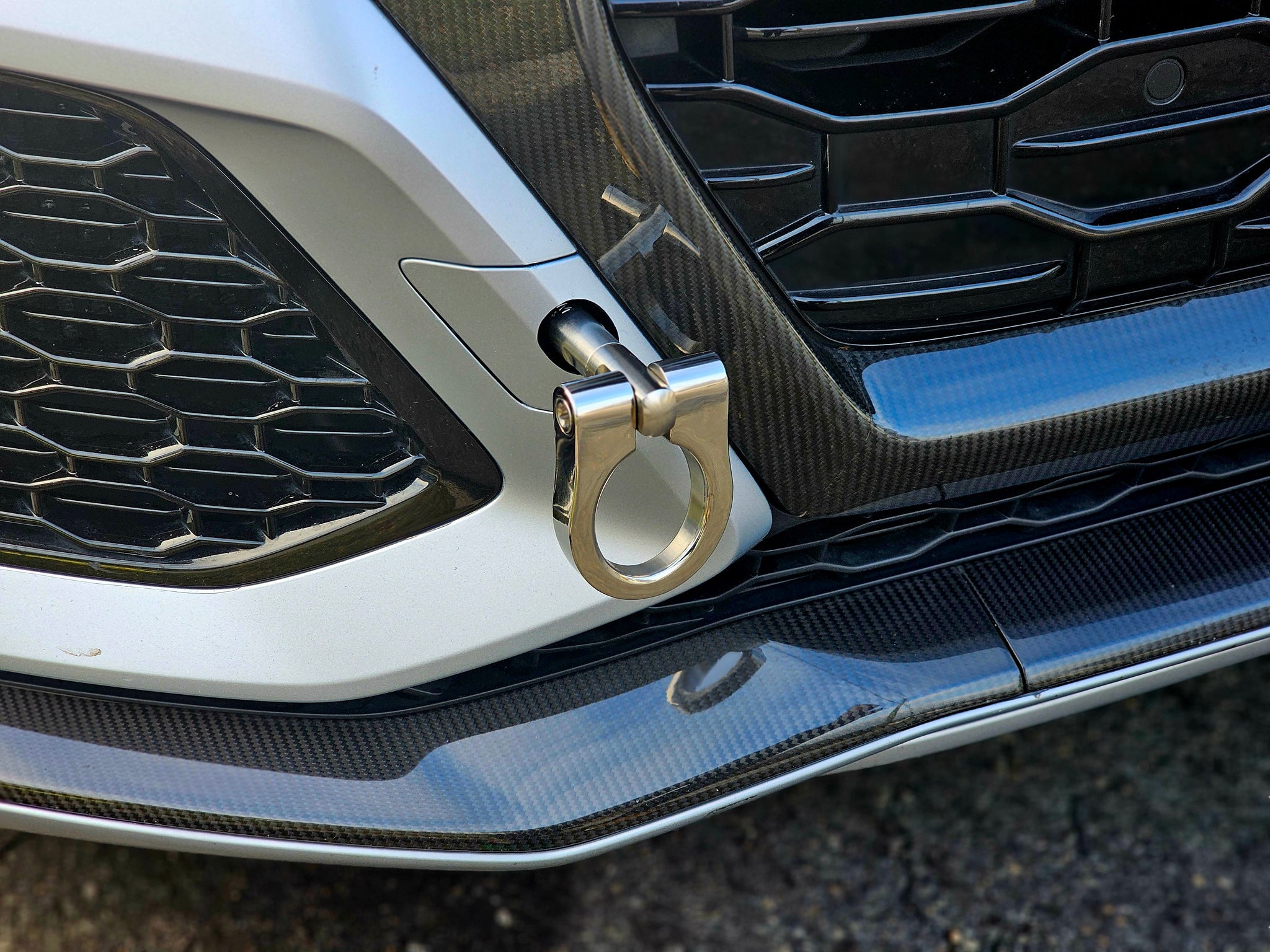
Next, you’ll need to take the tow hook, which is typically stored in your car’s trunk or under the spare tire kit, and screw it into the threaded socket. The hook should twist in until it’s tight and secure. After that, you can easily attach a tow rope or strap to the hook, ensuring a safe tow. It’s crucial to ensure the hook is tightly screwed in, as loose or improperly attached tow hooks could lead to accidents or damage.

It’s also important to note that many cars have tow hooks on both ends—the front and rear bumpers. This is helpful in cases where the vehicle may need to be towed from either side. If your car only has a tow hook cover on one end, that’s likely the location where the hook is meant to be used.
The Importance of Using the Right Tow Point
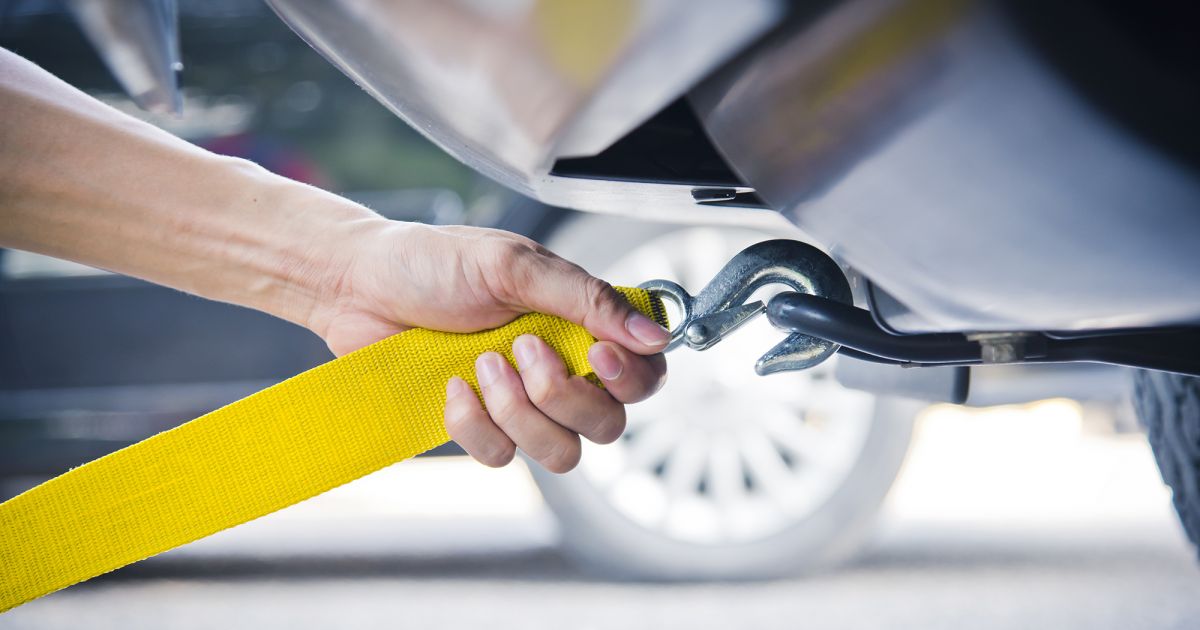
Towing your car might seem straightforward, but it’s essential to understand the importance of using the designated towing point, especially when your car has been designed to hide it behind a cover. Improper towing from random areas of your car can cause serious damage. For example, attempting to tow a vehicle by the front bumper, side panel, or exhaust can lead to broken parts, twisted axles, or dented body panels. These damages can be costly to repair and affect the performance and safety of your vehicle.
The tow hook cover hides a specific point that’s been engineered for towing. It ensures that the force exerted while towing is distributed properly across the vehicle’s frame, which reduces the risk of damage to critical car components. When you use the tow hook correctly, you are effectively preserving the integrity of your car while ensuring a safe and smooth towing process.
When to Use the Tow Hook
While the tow hook can certainly come in handy during emergencies, it’s essential to understand when and how to use it. Some common scenarios where you may need to use the tow hook include:
-
Stuck in Mud or Snow: If your car gets stuck while driving through mud or snow, the tow hook provides an easy way to attach a tow rope to get yourself out of the situation.
-
Breakdowns: If your car breaks down on the side of the road and you’re unable to start it, a tow hook is an essential tool for safely getting your car to the nearest repair shop or parking area.
-
Racetrack or Off-Roading: For off-road enthusiasts or those attending racetrack events, tow hooks are vital for quick recoveries and safe tows. Given the rugged nature of off-roading and racing, the tow hook allows for swift rescues without damaging the vehicle.
-
Emergencies on Busy Roads: If your car stops working on a busy road or highway, the tow hook allows you to have your car towed safely and efficiently without compromising your safety or that of other drivers.
What to Do if Your Tow Hook Panel is Missing
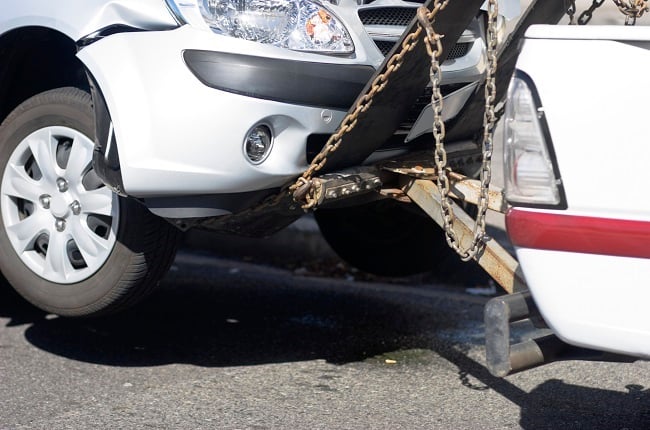
If you find that your car’s tow hook cover is missing, don’t worry. Replacements are easy to find and install. You can order a new panel from your car’s manufacturer, or in some cases, purchase universal tow hook covers that will fit most vehicles. Installing the new cover is usually a simple process, requiring just a snap or click to secure the panel back in place.
You can also check with local auto parts stores or online retailers for tow hook kits, which often include both the cover and the hook itself. If you’re unsure about how to install the replacement cover, consult your car’s owner’s manual for step-by-step instructions on how to properly attach the panel and the tow hook.
Conclusion: A Small Panel That Packs Big Utility
Next time you notice that small flap on your bumper, remember—it’s not just a plastic cover meant to improve your car’s look. That seemingly insignificant panel is a crucial component designed to protect your car during emergency situations. From a quick rescue after a breakdown to ensuring your car is safely towed without damage, the tow hook and its cover offer peace of mind when you need it most.
So, the next time you’re facing an unexpected roadblock, remember that hidden behind that small flap is a tool that can help you get out of a jam—keeping your car safe, secure, and on the road where it belongs. Whether you’re stuck in mud, snow, or dealing with a breakdown, knowing how to use the tow hook is a simple yet invaluable skill that every car owner should be aware of.
